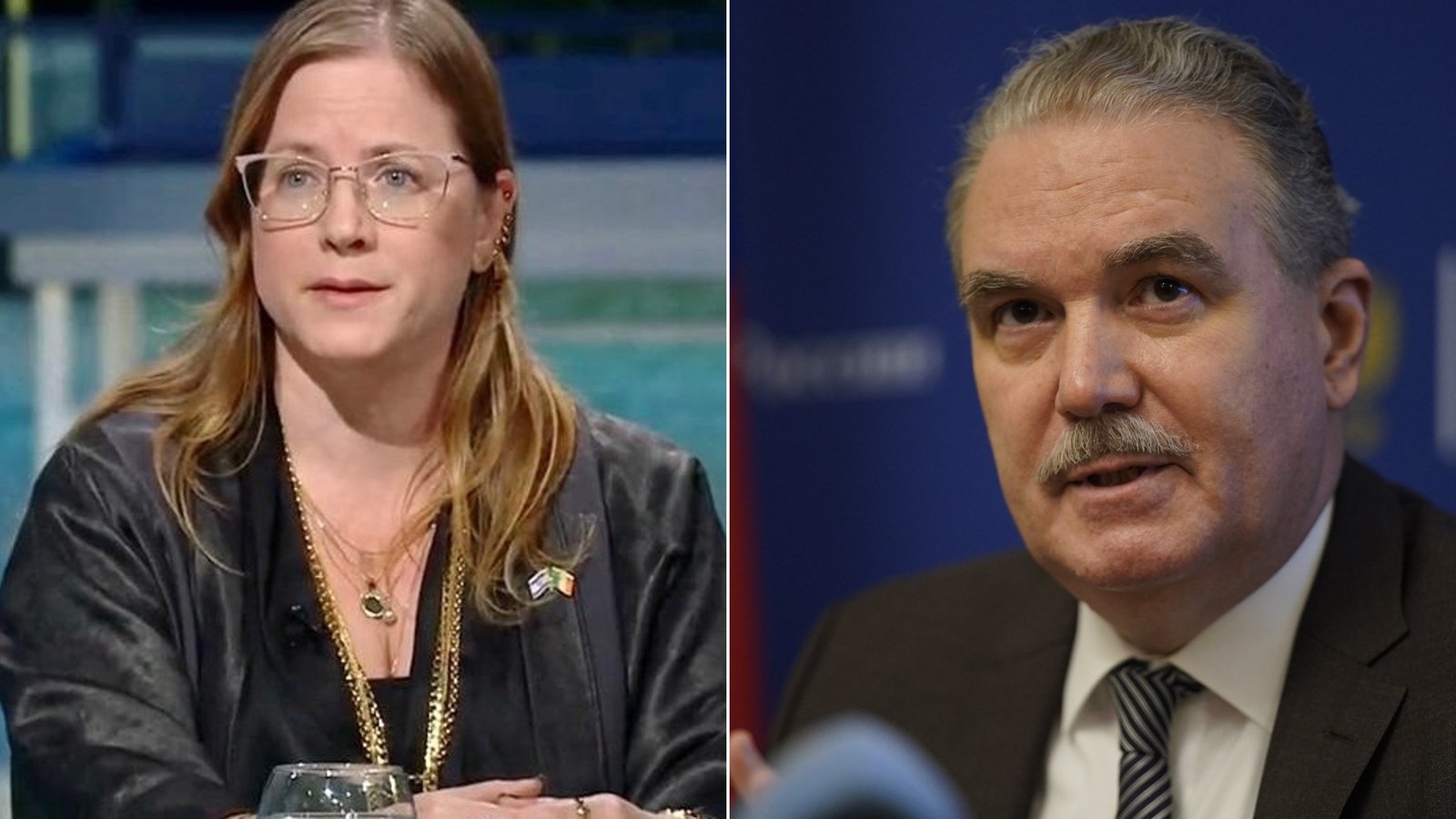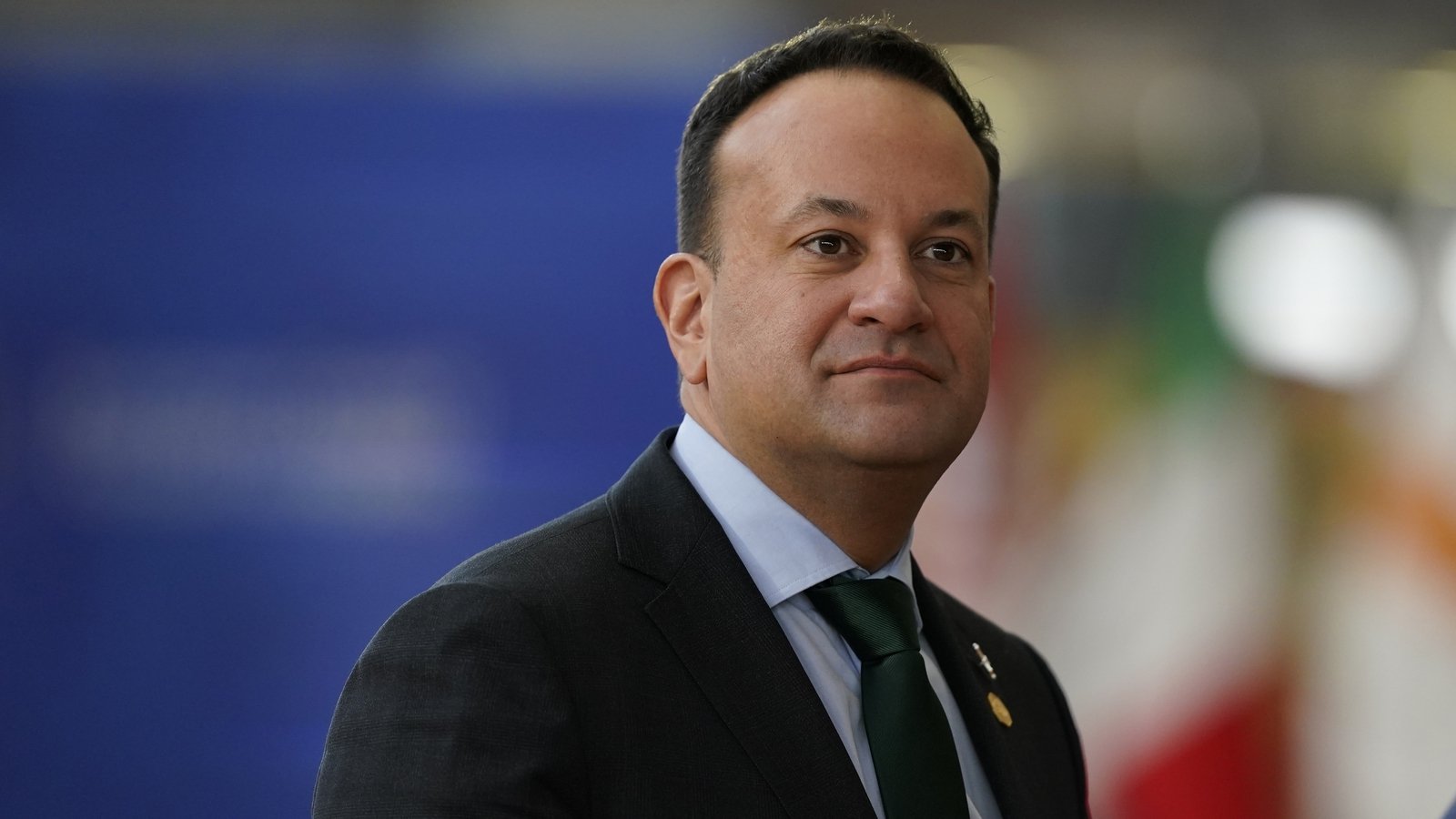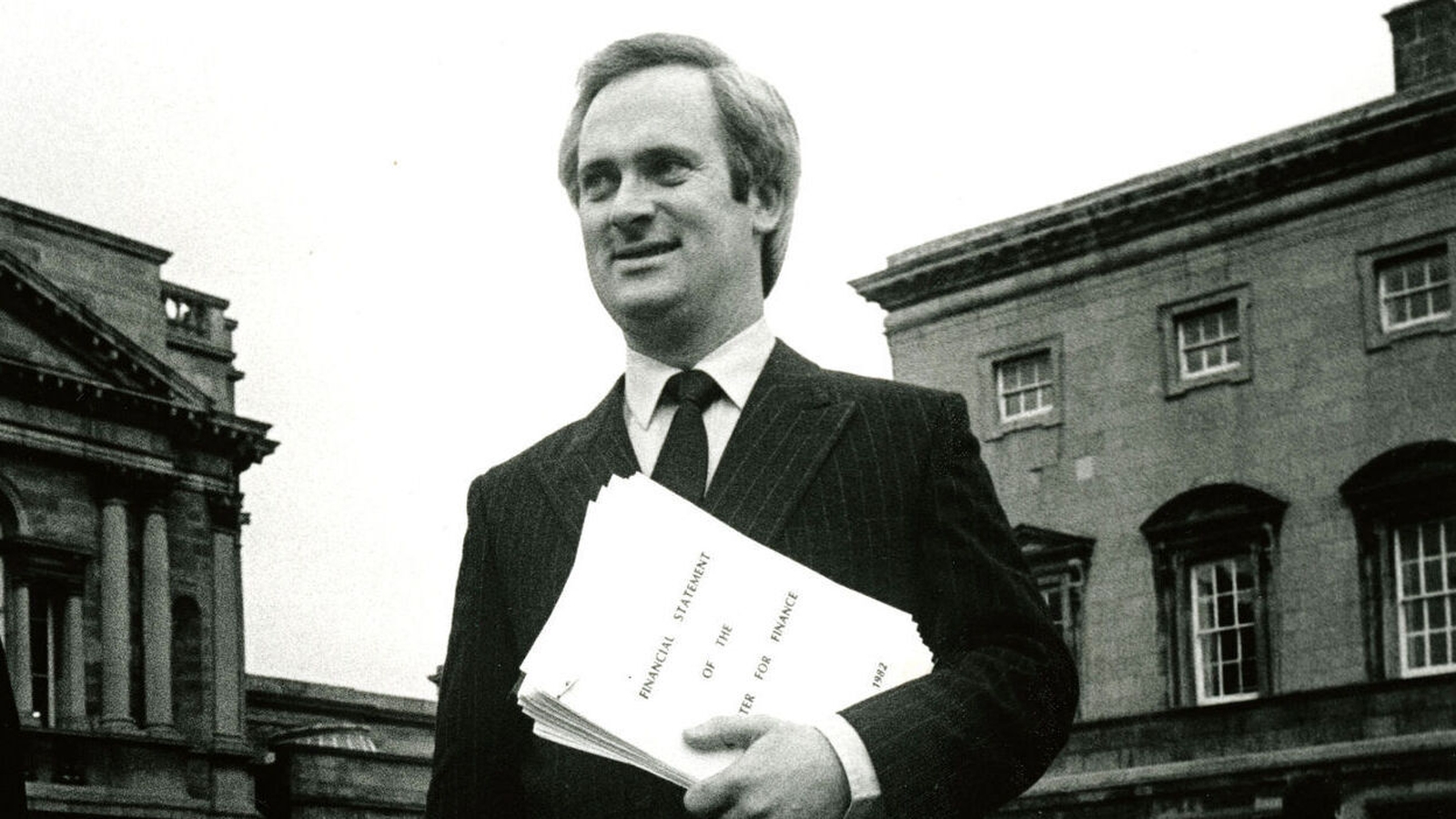Explainer: the conflict in Gaza
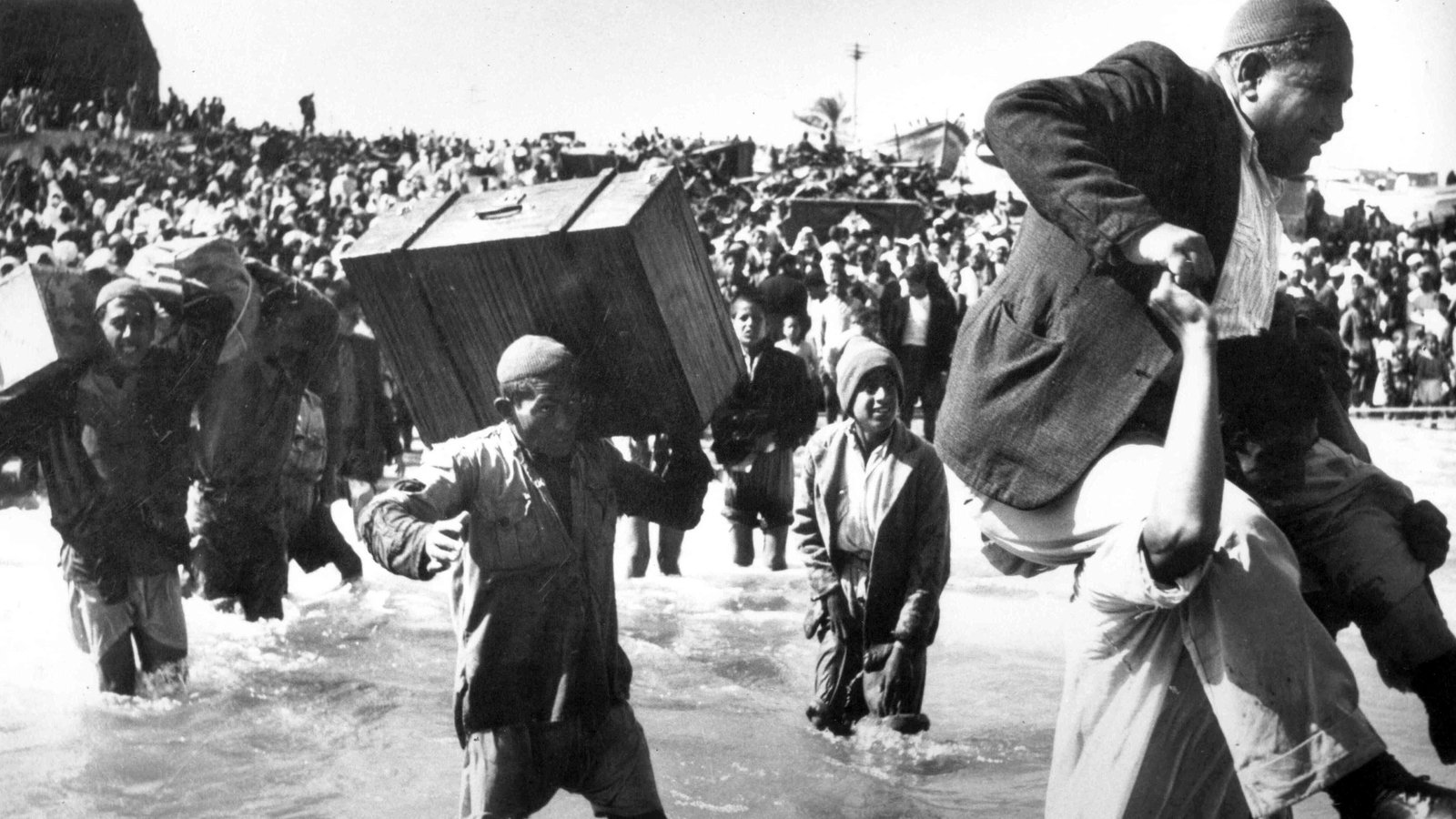
Israel and Hamas have been waging war since gunmen from the Palestinian militant group attacked southern Israel on 7 October, killing 1,200 people and taking 253 hostages.
Israel responded with a military campaign in which more than 33,000 Palestinians have been killed.
The war is the bloodiest chapter in an entrenched conflict between Israelis and Palestinians that has rumbled on for seven decades, destabilising the Middle East and inflicting untold human misery.
What are the origins of the conflict?
1940s
Israelis had demanded the establishment of a secure nation on land to which they cited deep ties stretching far back into antiquity, but which was located in a region which they regarded as hostile.
Palestinians, already resident in the region, wanted a state of their own. To this day, their wait for a homeland continues.
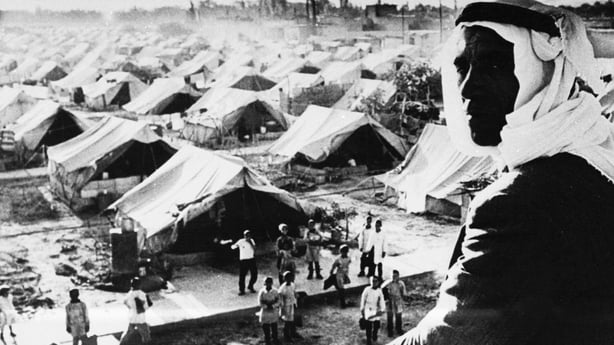
In 1947, Palestine was under British mandate rule. The United Nations General Assembly approved a plan to partition the territory into Arab and Jewish states. Jerusalem would be a part of each, and subject to international rule. Jewish leaders accepted the plan, giving them the majority – 56% – of the land. However, the Arab League rejected the proposal.
A day before British rule was scheduled to end, Israel’s founding father, David Ben-Gurion, proclaimed the modern state of Israel on 14 May, 1948, establishing a safe haven for Jews fleeing persecution. With World War Two having recently ended, much of the world was still learning the full scale of the slaughter of the Holocaust.
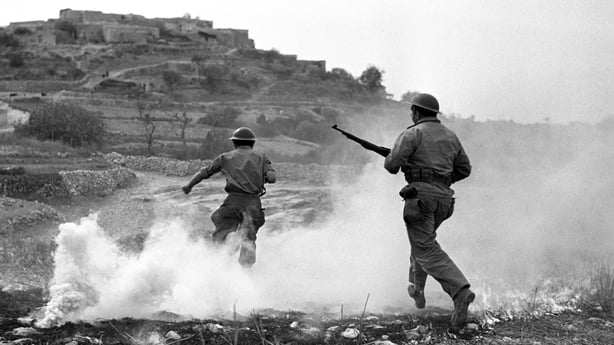
Violence had been intensifying between Jews and Arabs, who made up about two thirds of the population of Palestine. A day after Israel was created in 1948, it was attacked by five Arab states.
In the war that followed, some 700,000 Palestinians were driven from their homes or fled, ending up in Jordan, Lebanon and Syria, as well as in Gaza, the West Bank and East Jerusalem.
Palestinians lament this as the “Nakba”, or “Catastrophe”. Israel claims that it did not force out any Palestinians.
After a year of fighting, armistice agreements ended the violence, but there was no formal peace. The descendants of Palestinians who refused to be pushed out make up about a fifth of Israel’s population now.
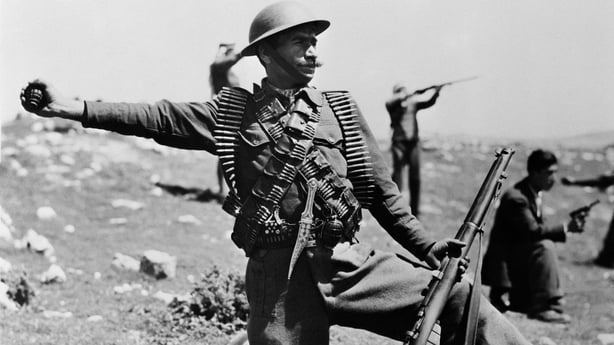
Subsequent major conflicts
1960s
In 1967, Israel pre-emptively attacked Egypt and Syria in the Six-Day War, seizing the West Bank and Arab East Jerusalem from Jordan, the Golan Heights from Syria, and the Sinai Peninsula and Gaza from Egypt.
An Israeli census that year put Gaza’s population at 394,000, the majority of them Palestinian refugees and their descendants.
1970s
In 1973, Egypt and Syria attacked Israeli positions along the Suez Canal and Golan Heights, touching off the Yom Kippur War. Within three weeks, Israel had pushed both armies back.
1980s
When Israel invaded Lebanon in 1982, thousands of Palestine Liberation Organization (PLO) fighters under Yasser Arafat fled by sea after a 10-week siege. The PLO re-located to Tunisia. By 2000, a sustained military campaign by Hezbollah had taken its toll on Israeli forces, who completely withdrew.
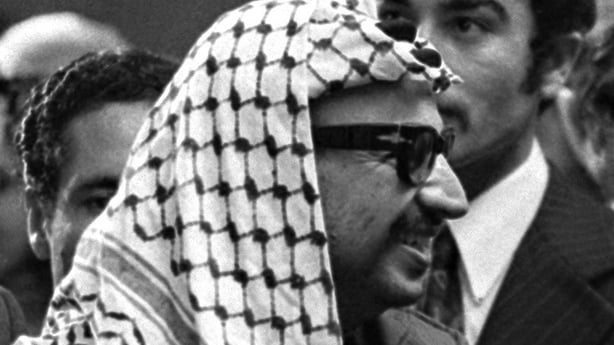
2000s
In 2005, Israel unilaterally withdrew settlers and soldiers from Gaza. The following year, Hamas won parliamentary elections, leading to them taking control of Gaza in 2007. There were major eruptions of violence between Palestinian militants and the IDF (Israeli Defence Forces) in 2006, 2008, 2012, 2014 and 2021.
In 2006, Lebanon’s Iran-backed Hezbollah militants kidnapped two Israeli soldiers in the volatile border region, prompting an IDF response and a six-week war.
Intifadas

Besides wars, there have been two Palestinian intifadas, or uprisings. The first from 1987 – 1993, and the second from 2000 – 2005. During the second intifada, Hamas and other Palestinian militant groups carried out suicide bombings against Israelis. The IDF used tanks and airstrikes to attack Palestinian cities.
Since then, there have been several rounds of hostilities between Israel and Hamas, which refuses to recognise Israel – which it has vowed to destroy – and is regarded as a terrorist organisation by Israel, the European Union, the United States and other countries. Hamas claims that its armed activities are resistance against an Israeli occupation.
Attempts at peace-making
In 1979, Egypt became the first Arab state to sign a peace treaty with Israel, which agreed to return the Sinai Peninsula to Egyptian rule.
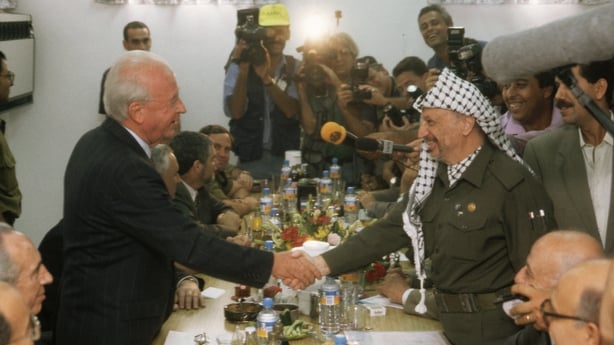
In 1993, Israeli prime minister Yitzhak Rabin and PLO leader Yasser Arafat shook hands on the Oslo Accords which established limited Palestinian autonomy.
In 1994, Israel signed a peace treaty with Jordan.
US President Bill Clinton, Israeli Prime Minister Ehud Barak and Yasser Arafat took part in the Camp David summit in 2000, but failed to reach a final peace deal.
In 2002, a proposed Arab League plan offered Israel normal relations with all Arab countries in return for a full withdrawal from the lands it took in the 1967 Six Day War, the creation of a Palestinian state and a “just solution” for Palestinian refugees. The presentation of the plan was overshadowed by a Hamas suicide bombing, which targeted elderly Holocaust survivors as they shared a sacred Passover meal at the Park Hotel in Netanya.
Any peace process has been effectively derailed for over a decade.
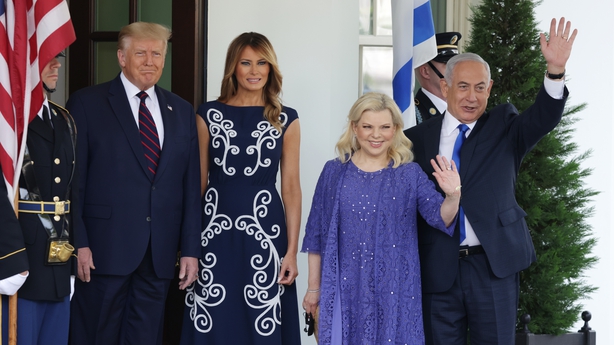
Under US President Donald Trump, in 2020 Israel reached agreements known as the Abraham Accords which normalised relations with several Arab states, including the United Arab Emirates, Bahrain and Morocco.
Palestinians stopped dealing with the US administration after President Trump broke with decades of US policy to recognise Jerusalem as the capital of Israel. Palestinians want East Jerusalem to be the capital of their future state.
Qatar and Egypt have acted as mediators in the latest war, securing a truce that lasted seven days, during which hostages held by Hamas were exchanged for prisoners held by Israel, and more humanitarian aid flowed into Gaza.
Where do peace efforts stand now?
Talks on a truce have so far proven fruitless, with Israel insisting that it will discuss only a temporary pause in fighting, and Hamas refusing to release hostages without an agreement that envisions an end to the war.
US President Joe Biden’s administration has focused on trying to secure a “grand bargain” in the Middle East that would include normalisation of relations between Israel and Saudi Arabia. But Riyadh says that this would require progress towards creating an independent Palestinian state, which Israeli Prime Minister Benjamin Netanyahu has rejected out of hand
What are the key issues?

There are many, including Palestinian demands for a two-state solution, the status of illegal Israeli settlements on occupied land and of Jerusalem, establishing agreed borders, and deciding upon the fate of Palestinian refugees, many of whom were driven from their land generations ago.
Two-state solution: An agreement that would create a state for the Palestinians in the West Bank and Gaza alongside Israel. Benjamin Netanyahu has dismissed this utterly, insisting that Israel must have security control over all land west of the Jordan River, which precludes a sovereign Palestinian state.
Settlements: Most countries deem Jewish settlements built on land Israel occupied in 1967 to be illegal. Israel disputes this and cites historical and biblical ties to the land. Continued settlement expansion is among the most contentious issues between Israel, the Palestinians and the international community.
Jerusalem: Palestinians want East Jerusalem, which includes the walled Old City’s sites sacred to Muslims, Jews and Christians alike, to be the capital of their state. For Israel, Jerusalem should remain its “indivisible and eternal” capital.
Israel’s claim to Jerusalem’s eastern part is not recognised internationally. Donald Trump recognised Jerusalem as Israel’s capital, and moved the US Embassy there in 2018. But he did not specify the extent to which he recognised its jurisdiction in the disputed city.
Refugees: Today about 5.6 million Palestinian refugees – mainly descendants of those were driven out in 1948 – live in Jordan, Lebanon, Syria, the Israeli-occupied West Bank and Gaza. About half of those registered refugees remain stateless, according to the Palestinian foreign ministry, many of them living in crowded camps.
Palestinians have long demanded that refugees and their millions of descendants should be allowed to return to the land from which they were driven. Israel rejects this, and says that Palestinian refugees cannot be resettled within its borders.

